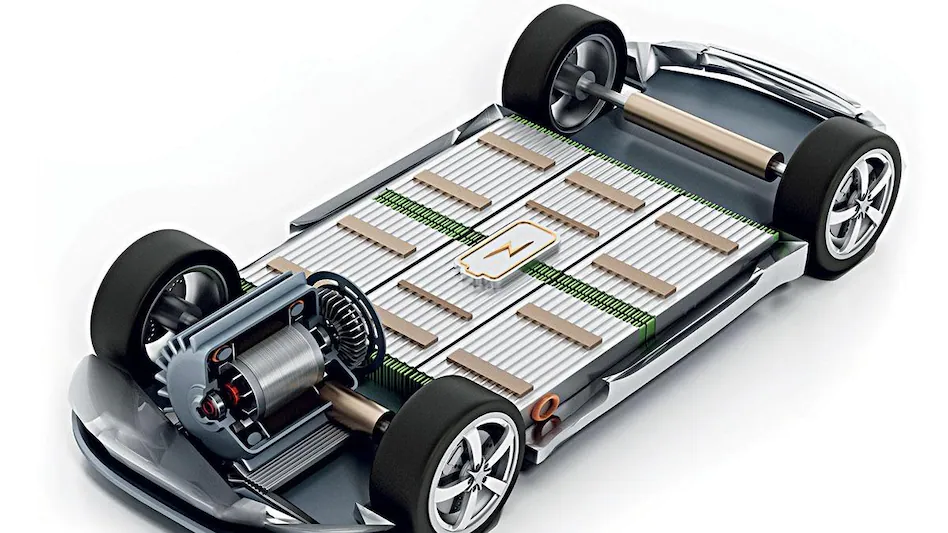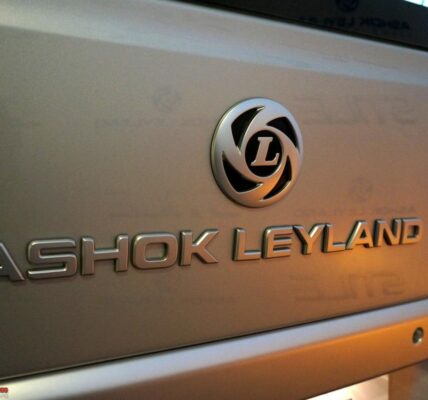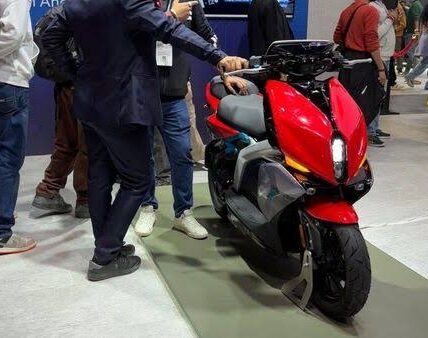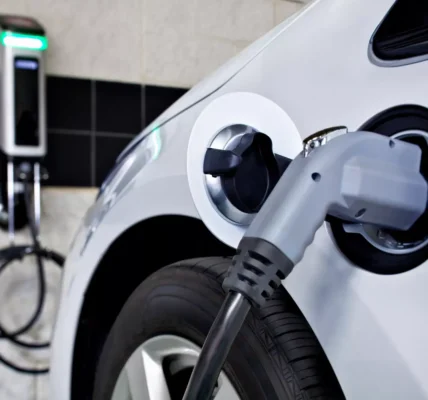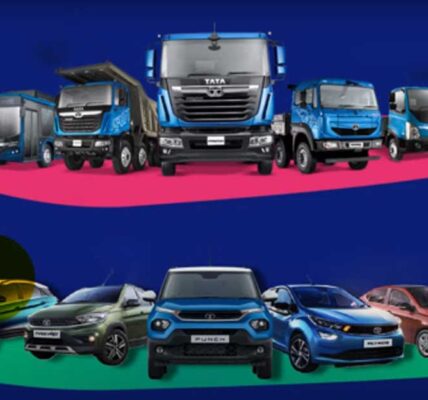The future of electric mobility is bright in India, says a recent report by the India Energy Storage Alliance (IESA). The country’s EV market is expected to grow at a CAGR of 49 per cent by 2030 and may even cross annual sales of 17 million units, it says. What this also points to is that over the next few years, the EV battery manufacturing and recycling space should see immense growth. While the space is still nascent, a report by the NITI Aayog and Rocky Mountain Institute says India’s EV battery market could surpass $15 billion by 2030, while market research firm IMARC expects the space to grow at a CAGR of 27.12 per cent in 2022-2027.
Already, global players like Foxconn and domestic ones like Amara Raja are getting into this business, giving India’s EV landscape a much-needed push. Amara Raja Group’s new energy business unit, for instance, has launched a state-of-the-art R&D facility to develop advanced cell chemistry batteries. The company has a road map to invest in giga factories that will manufacture lithium-ion (Li-ion) cells and offer battery packs and EV charging solutions. “New-age energy storage technologies and the manufacturing landscape in India are coming of age and are expected to gain pace in the coming years, thanks to proactive policy drives from the central and state governments,” says Vijayanand Samudrala, President-New Energy, Amara Raja Batteries.
Then there’s Attero Recycling, an electronics waste recycling firm, which plans to build a 15,000-tonne Li-ion battery recycling plant in Telangana with an investment of Rs 600 crore. Its current capacity is 4,500 tonnes.
Experts say the government may consider rolling out a production-linked incentive scheme for battery components as has been done for cell manufacturing. These plants need to be planned and constructed in parallel to the cell manufacturing plants so that by the time the need for the raw material emerges, Indian manufacturers are ready to supply, says Ankur Khaitan, MD and CEO of The Advanced Carbons Company (TACC), a subsidiary of graphite electrode manufacturer HEG. Through TACC, HEG plans to invest around Rs 900 crore over the next three years to set up a facility to manufacture graphite anodes for Li-ion cells.
Khaitan says battery manufacturing is a huge opportunity as it is at the core of the transition of the energy ecosystem, adding that manufacturers should also look to make components for Li-ion batteries.
This battery boost may just be what the country’s EV industry needs to jump-start manufacturing.


